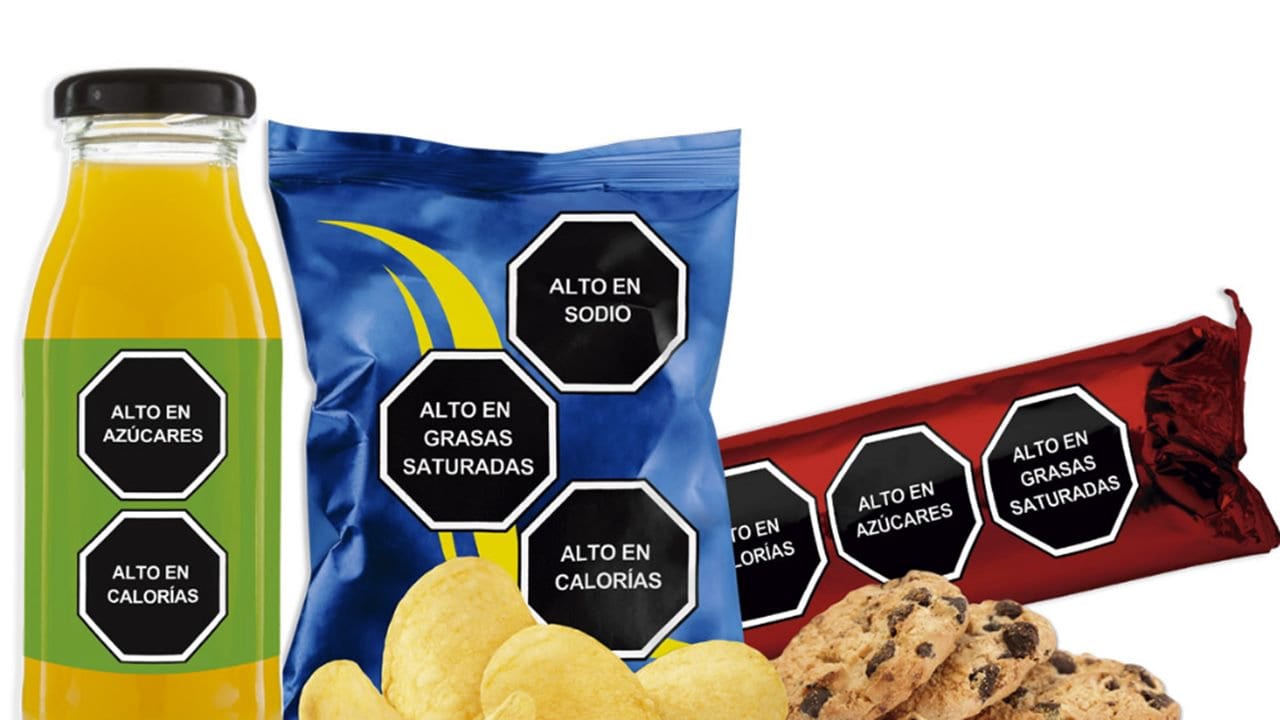On October 22, Mexico’s legislators passed a bill to reform the General Health Law (in Spanish, “Ley General de Salud”) to include front-of-package warning labels. In both the House of Representatives and the Senate, the bill passed in a landslide: in the House of Representatives, there were 458 in favor, 2 abstentions, 0 against; in the Senate, 114 in favor, 2 abstentions, 0 against. The result was celebrated by El Poder del Consumidor, a prominent non-governmental organization, as the victory of public health over the interests of a few. Now the debate turns to the regulation of front-of-package warning labels itself, which should be determinantal of the policy’s outcome.
The months leading up to the reform of the General Health Law drew attention from a lot of different actors. The Food and Agriculture Organization (FAO), the World Health Organization (WHO), and the United Nations Children’s Fund (UNICEF) said front-of-package warning labels were one of the most urgent measures for the country. In this regard, it is worth noting that Mexico is one of the biggest consumers of ultra-processed foods in the world, while children and adolescents are among the biggest consumers in the country. In this regard, UNICEF highlights that packaging should offer guidance – fast, simple, and effective – in the decision of buying; this includes avoiding misleading messages, alerting about the contents of the products, and facilitating healthier choices overall.

Industry (through an association that includes Bimbo, Coca-Cola, and Kellogg’s, among others) reacted by saying that front-of-package warning labels will in fact diminish the decision-making power of consumers, by making it possible for products with different amounts of calories to carry identical warning labels. El Poder del Consumidor responded that front-of-package warning labels are not meant to give complete information about products – that is what nutrition tables and ingredient lists, on the backs of the packages, are for. Warning labels, as the name itself indicates, have the purpose of warning consumers. Alejandro Calvillo, director of this organization, said that criticism by the industry claiming that front-of-package labeling is incomplete has the goal of misleading the public.
It is important to mention that front-of-package warning labels have already been adopted in other countries. For example, years ago, Chile implemented this system in order to allow consumers to identify, in a clear and simple way, whether a given product had high amounts of sugars, saturated fats, sodium, and calories. The Health Department was especially concerned about children’s ability to distinguish healthy and unhealthy products. The Pan American Health Organization has been tracking the continent’s progress in implementing front-of-package labeling, and has stated that evidence from the Chilean experience indicates that this system has been effective in improving decision-making among consumers. This is important because it puts the Mexican debate in context: it is not about guessing, since front-of-package warning labels have been adopted before – and are working.
Back in 2015, El Poder del Consumidor saluted Chile on their decision to adopt front-of-package labeling. Now, they are congratulating their own Congress.



